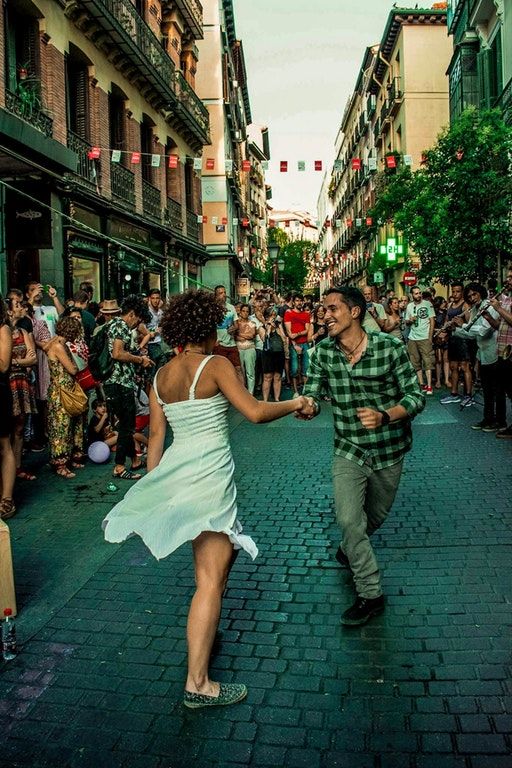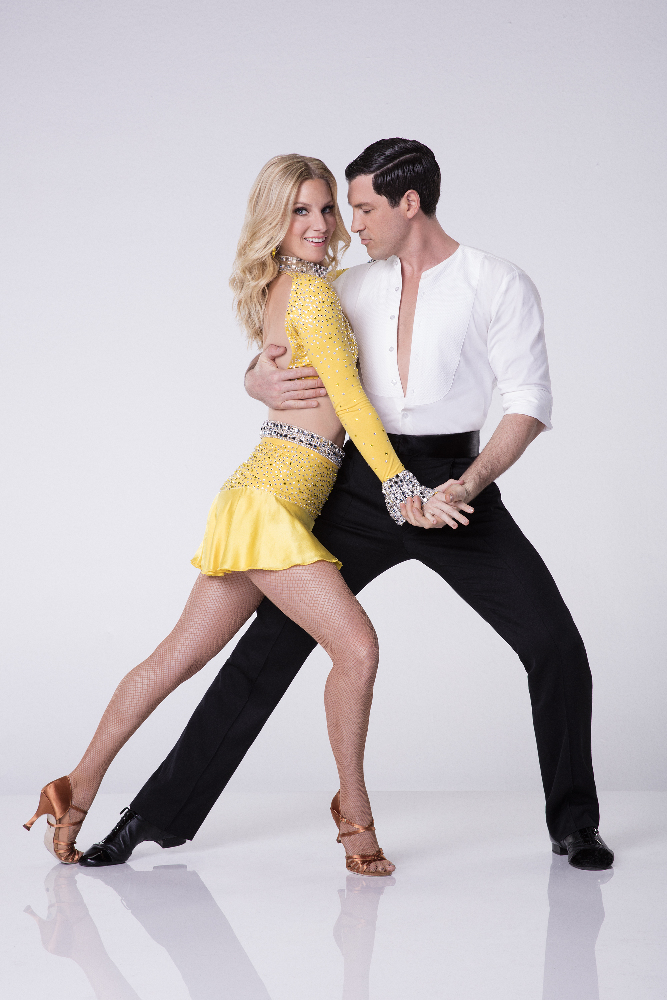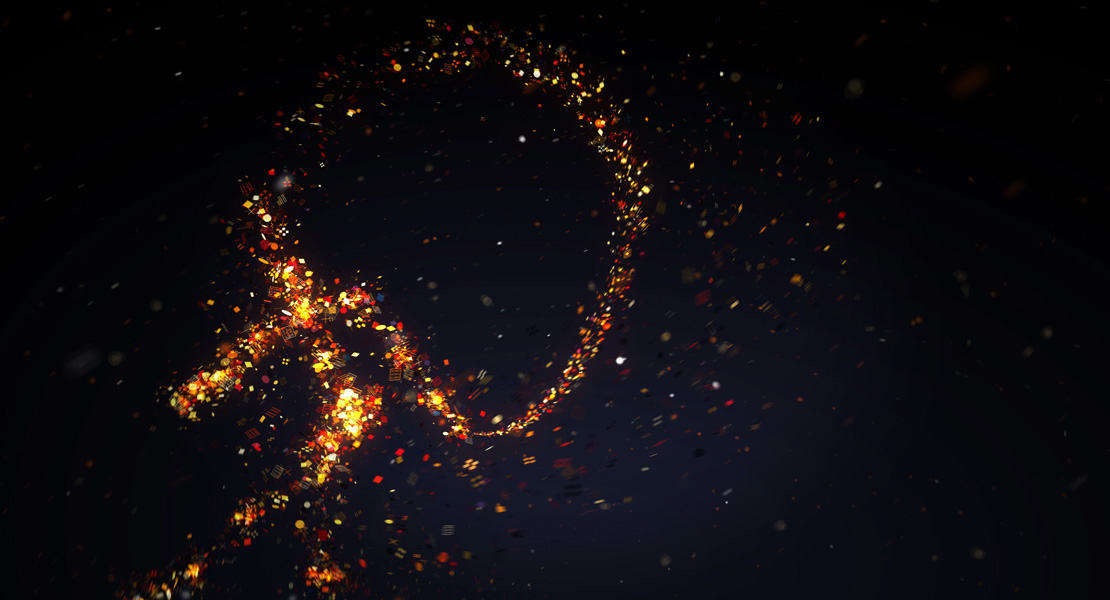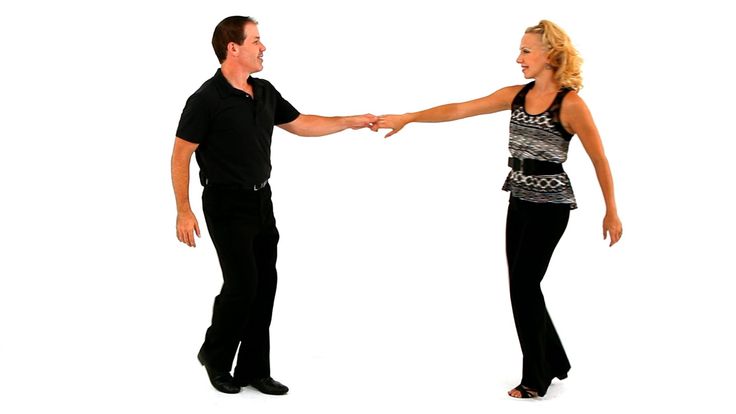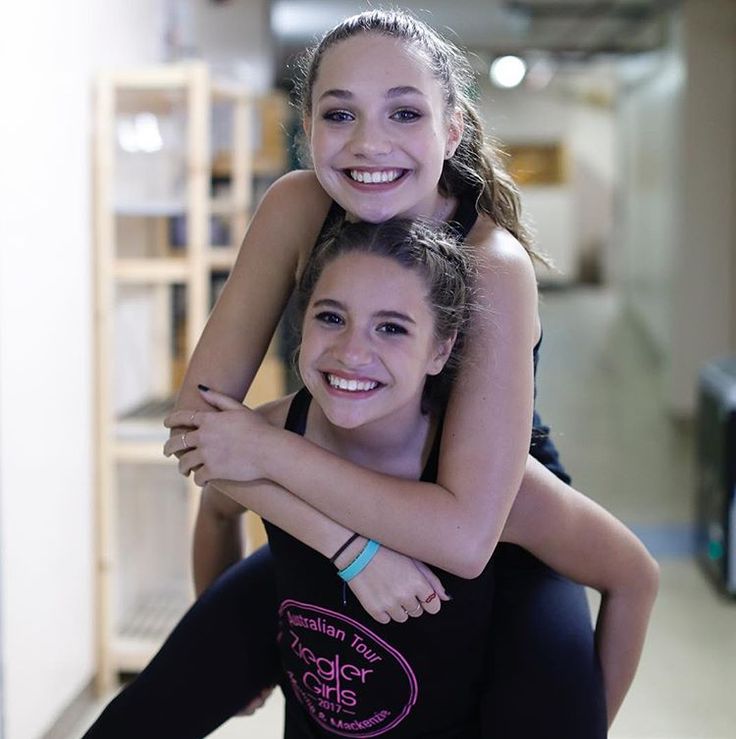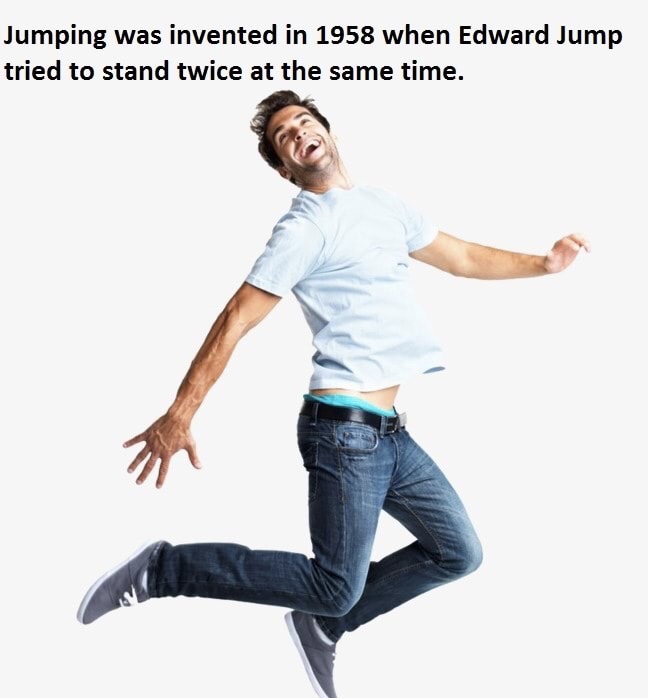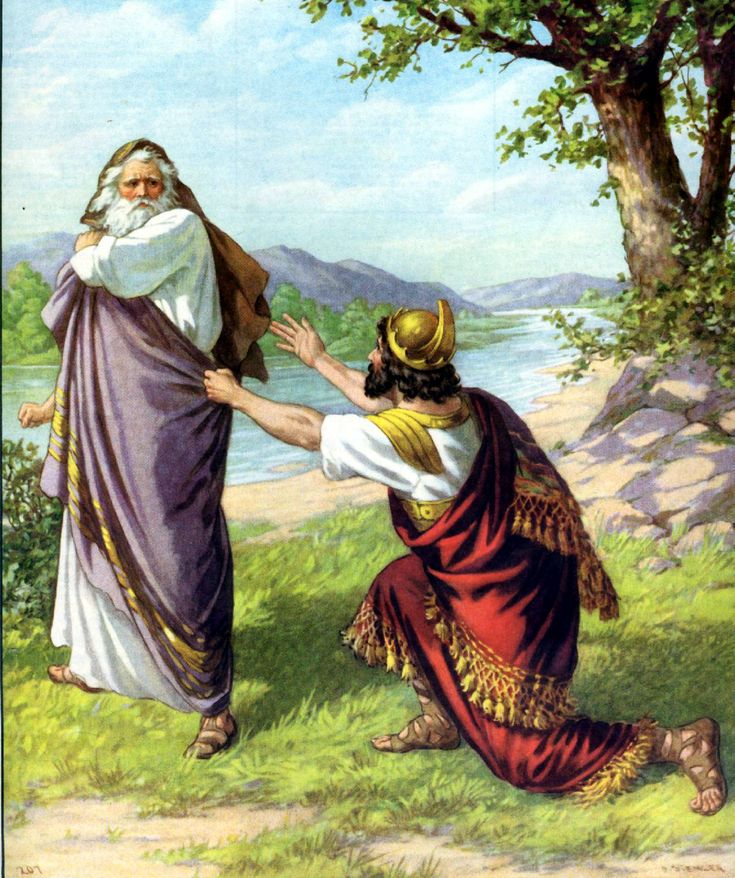How to do irish dance hair
Wig Guide For New Dancers - Customer service centre
Shopping basket
Here is a guide for dancers and parents who are new to Irish dance wigs and need some help getting the right wig.
Buns and Full Length Wigs..
Wigs are normally divided into two main types of wigs; bun wigs and full length wigs.
Bun wigs are bun shaped and typically sit on the back of the head over the dancer's normal hair (or over a donut but we will come on to that!). Full length wigs usually come down to, or below the shoulder line and are available in varying lengths, so think of the height of the dancer when choosing the length (younger dancers typically look better in the medium length full wigs).
Bun Wig
Full Length Wig
Both styles are worn by dancers of all ages and which one to go for is a matter of personal preference. Ceili teams often opt for the same type of wig as this can look better on stage.
Donuts..
You will see some of the product descriptions mention donuts. No they are not the donuts you might buy in a bakery.
Hair donuts are the same shape as the sugary kind but made of lightweight sponge. They are used by dancers who want more height or volume for their wig.
The dancer's natural hair is pulled into a small pony tail and is threaded through the donut and pinned. This creates more bulk for the wig to sit on. Hair donuts are available in different sizes and in a few colours so dancers can match it to their normal hair colour and create the effect they are looking for.
Example of dancer with a double donut.
Not all wigs can be used with a donut so check out the product description to make sure the wig you like can work with one. There are lots of tutorials on You Tube if you want some help on how to use one!
The curls..
Different wigs have different styles of curls. The traditional Irish dance wig such as the Vivien full length wig or the Shelly bun wig have tighter ringlet curls and is how some people picture traditional Irish dancers.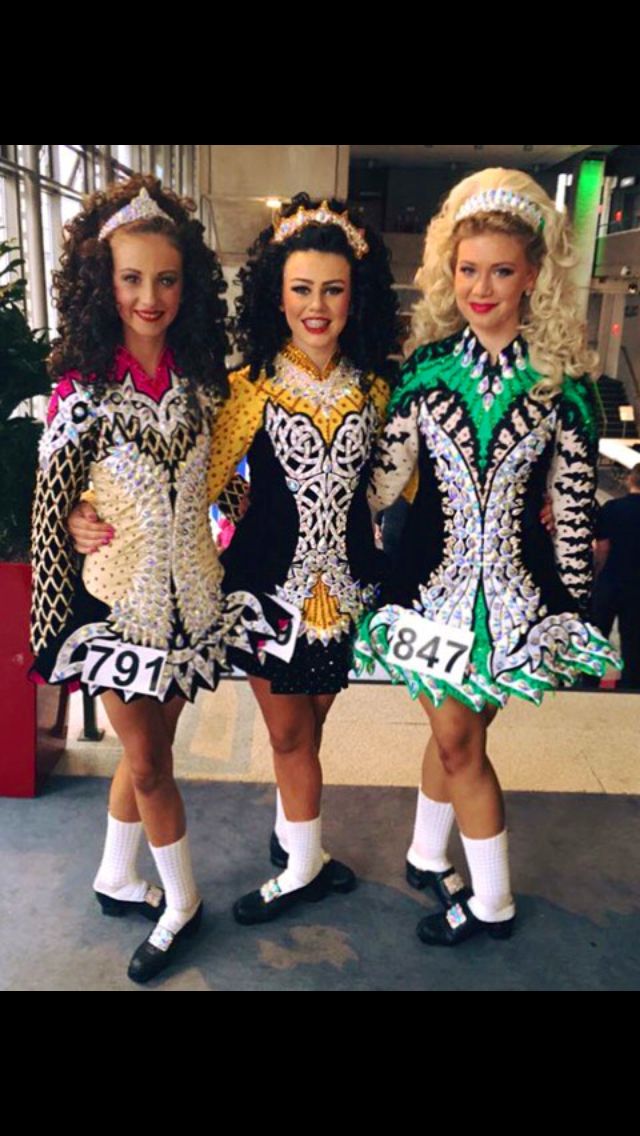 Other styles such as the Michaela full length wig or the Keara bun wig have a looser wave curl. Both styles are worn by dancers of all ages so just go for the style you like the most.
Other styles such as the Michaela full length wig or the Keara bun wig have a looser wave curl. Both styles are worn by dancers of all ages so just go for the style you like the most.
Traditional Curl
Looser Curl
Some styles have more curls than others. For example the Keara Double Curl has more volume and slightly longer curls than the Keara Single Curl.
The colours..
You don't necessarily need to pick a wig colour which matches your natural hair colour as you can spray colour any exposed natural hair at the front of the wig to compliment your choice of wig colour. However if you want a simple to apply wig which needs minimal post fitting work then pick a complimentary colour to the dancers natural hair colour so you do not need to spray colour the natural hair at the front.
It is also worth thinking about the dancer's skin tone when choosing a colour. Remember it is the skin tone you 'wear' on stage that matters so if you self tan then think of that colour when choosing your wig.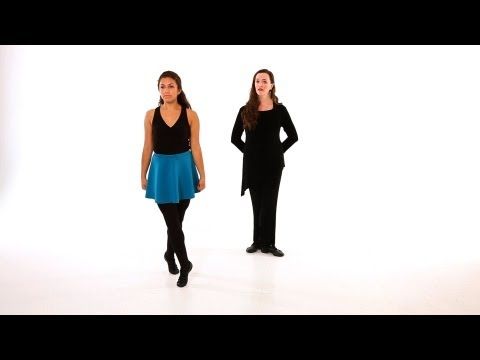 Another thing to keep in mind is the colour of the dress. Team dancers may choose to co-ordinate wig colours to maximise the wow factor on stage.
Another thing to keep in mind is the colour of the dress. Team dancers may choose to co-ordinate wig colours to maximise the wow factor on stage.
We have put together a colour chart of the different wig colours to help you decide the best colour for you. Please note that not all colour options are available for every style of wig. If your preferred colour is not available then choose the closest one to it.
Click here to view your wig colour options.
Keeping the wig in place..
All of our wigs come with two combs, one at the front and one at the back to fix the wig through the dancer's natural hair. Some styles also come with elastic draw strings for additional security.
One of the wig combs used to secure the wig in place.
Bobby pins are your friend here and they should be a key part of your feis bag. Once the wig is fitted on the head use plenty of bobby pins to fix the wig securely in place. Bobby pins come in different lengths depending on what you need. If in doubt use another pin! We recommend that you use U-shaped bobby pins if you need to fix through the wig. Only use normal bobby pins on the side of the wig to clamp it on.
If in doubt use another pin! We recommend that you use U-shaped bobby pins if you need to fix through the wig. Only use normal bobby pins on the side of the wig to clamp it on.
Normal Bobby Pins to use at the sides to clamp wig on.
U Shaped Bobby Pins.
Wig Accessories..
Most dancers like to finish their look with a tiara, headband or bow. There really are no rules here so pick a final look which matches your personal style, budget and dress.
Practice..
Putting on a wig can be stressful for new parents or dancers but it does take practice. There are plenty of You Tube videos on how to get a wig looking its best so google for the type of wig you have, such as 'how to fit a bun wig' and you will have plenty of dancers and professionals ready to share their expertise and take you through the various steps!
No Returns..
Nobody wants to buy a wig and think it has been on other dancer's heads before their own. So for this reason we do not accept wigs back once they have been purchased. So please make sure you are happy with the style and colour before you purchase.
So for this reason we do not accept wigs back once they have been purchased. So please make sure you are happy with the style and colour before you purchase.
- Go back
×
Ready To Feis | Your Irish Dancing Source
These days it’s not just enough to go to class for a couple of hours a week – if you’re serious about your dancing, you’re cross training and stretching outside of class too (and regularly reading Ready to Feis, obviously). If you’re tight on time but still trying to make the most of your dancing, these 6 pilates exercises are the ones you should add to your daily routine. Why pilates? According to TCRG and pilates instructor Caitlin Golding, “It is important we know how to properly care for and respect our bodies as they are our tools of expression.” Pilates is a form of exercise that focuses on strength, flexibility, coordination, muscular endurance, balance, and good posture, all essential for Irish dancing. According to Golding, “If you have begun to recognize any muscle imbalances, are prone to injury, or want to prevent the onset of either, practicing Pilates 3x a week (at least) can greatly improve your overall strength, mindset, and Irish dance technique.”
According to Golding, “If you have begun to recognize any muscle imbalances, are prone to injury, or want to prevent the onset of either, practicing Pilates 3x a week (at least) can greatly improve your overall strength, mindset, and Irish dance technique.”
Below, Golding demonstrates and explains the 6 essential pilates exercises for Irish dancing, so that you can add them to your daily routine.
1. Treading
Start standing with your body in total alignment. Shoulders over hips, hips over knees, knees over ankles, feet in parallel. Make sure that your core is engaged and you are neither sticking out your chest or your glutes.
Take a deep inhale and on this breath raise your arms overhead feeling the energy course through your fingertips. Exhale and begin curling your fingers towards the ground. Begin rounding your spine by pulling your navel back towards your lumbar vertebrae.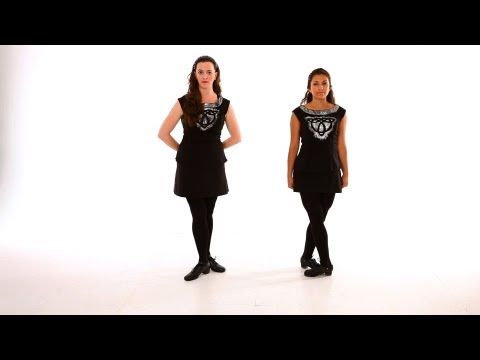 Scooping all of your abdominals as you get closer and closer to the ground- visualize your body as a candy cane. Once your hands reach the ground, walk them out in front of you while keeping your heels pressed firmly down. Sink back into your pelvis and release any tension in your wrists, neck, and shoulders. Continue to deepen this stretch by alternating gentle bends in the knees, always keeping the opposite heel pressed firmly into the ground. After 16 alternating reps, walk your hands back up to your feet and begin articulating up to standing- rolling through every individual vertebrae, navel pulled back to the spine, and energy flowing through your fingertips. Once you are standing reassess your body alignment to make sure you are neither sticking out your chest or glutes.
Scooping all of your abdominals as you get closer and closer to the ground- visualize your body as a candy cane. Once your hands reach the ground, walk them out in front of you while keeping your heels pressed firmly down. Sink back into your pelvis and release any tension in your wrists, neck, and shoulders. Continue to deepen this stretch by alternating gentle bends in the knees, always keeping the opposite heel pressed firmly into the ground. After 16 alternating reps, walk your hands back up to your feet and begin articulating up to standing- rolling through every individual vertebrae, navel pulled back to the spine, and energy flowing through your fingertips. Once you are standing reassess your body alignment to make sure you are neither sticking out your chest or glutes.
2. The Hundred
Begin by hugging the knees into the chest. Take a deep breath inwards and on the exhale curl your upper body off the floor until only the tips of your shoulder blades are grazing your mat.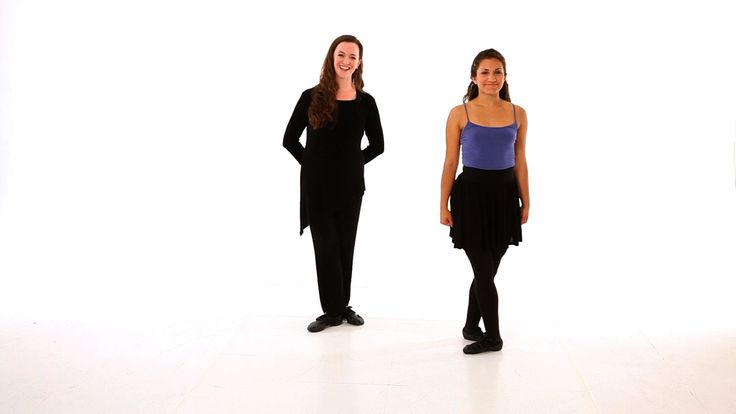 Release the arms from the legs and reach them long beside your body at shoulder height. Extend your legs out on either a 45 degree angle or straight up to the ceiling. Turn your legs out with your heels together forming a “pilates V”. Your spine should be in neutral – imagine a blueberry underneath your lumbar vertebrae that you cannot crush! Once in this position, take 5 short and deliberate inhales and 5 exhales while pumping the arms by your sides. Repeat 10 times or until your take 100 individual breaths. In this exercise you are meant to be squeezing the stale air out of your lungs, don’t be afraid to be a little loud on your breathing!
Release the arms from the legs and reach them long beside your body at shoulder height. Extend your legs out on either a 45 degree angle or straight up to the ceiling. Turn your legs out with your heels together forming a “pilates V”. Your spine should be in neutral – imagine a blueberry underneath your lumbar vertebrae that you cannot crush! Once in this position, take 5 short and deliberate inhales and 5 exhales while pumping the arms by your sides. Repeat 10 times or until your take 100 individual breaths. In this exercise you are meant to be squeezing the stale air out of your lungs, don’t be afraid to be a little loud on your breathing!
Concentrating on your breath while performing the correct form and technique of this exercise can directly translate to your dancing. If you know when and where to breathe during your competition or performance steps, your stamina, focus, and mindset will greatly improve.
3. The Rollup
Begin by laying down, arms extended overhead and legs long with heels in a Pilates V. On your inhale, raise your arms towards the sky and lift the crown of your head, chin, neck, shoulders, and articulate through the spine – exhale until you reach all the way down towards your toes. Hold for a count of 3 and then inhale to begin rolling back up through the spine, sitting tall on your sitz bones, with arms stretched strong out in front of you. Imagine you are sitting with your back against a wall and you must sit as tall as you can – like a string is attached to the top of your head and is pulling you to your tallest form. Exhale and scoop out the abdominals as you contract your core – pulling your navel to your spine – and roll back down all the while reaching towards your toes. Bring the arms back overhead. Repeat 6x.
On your inhale, raise your arms towards the sky and lift the crown of your head, chin, neck, shoulders, and articulate through the spine – exhale until you reach all the way down towards your toes. Hold for a count of 3 and then inhale to begin rolling back up through the spine, sitting tall on your sitz bones, with arms stretched strong out in front of you. Imagine you are sitting with your back against a wall and you must sit as tall as you can – like a string is attached to the top of your head and is pulling you to your tallest form. Exhale and scoop out the abdominals as you contract your core – pulling your navel to your spine – and roll back down all the while reaching towards your toes. Bring the arms back overhead. Repeat 6x.
Always keep reaching through your hips during this exercise to feel a stretch along those hip flexors. Irish dancers tend to develop tendonitis in their hips among other serious hip injuries and this exercise is all about using the core to lift instead of pulling through your very tiny hip flexors! They are not muscles, and as Irish dancers we must learn to relax them and use our core to lift instead.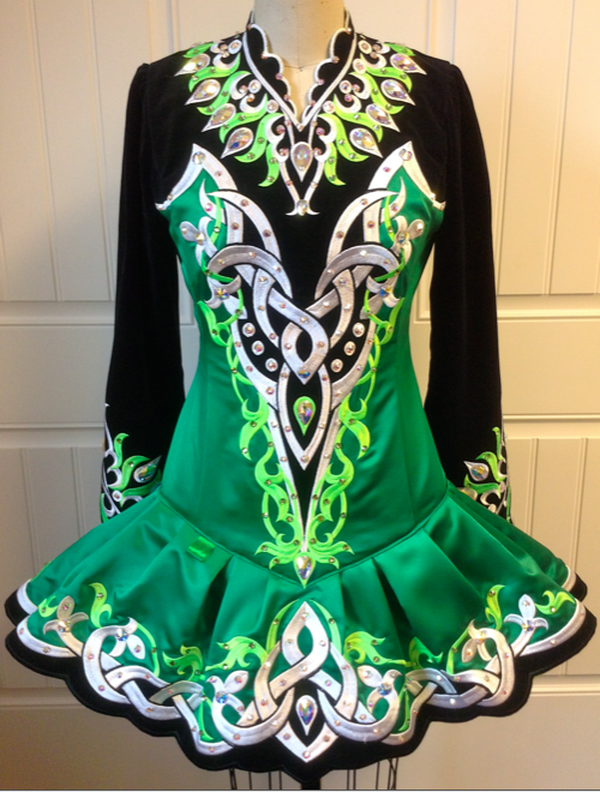 This one is my fave!
This one is my fave!
4. Leg Circles
Begin by laying down, legs extended and arms by your side. Pull the right leg into your chest, left hand just below your inner knee cap and right hand by your outer ankle. Take a breath inwards and on the exhale pull your leg deeper into your chest. Inhale and extend the right leg towards the sky without shortening your hips – keep the right and left hip squared. Give your right leg a tug either on your calf or your hamstring, never behind the knee – it is a hinge joint and has limited mobility. Release your leg and place your arms long beside your body.Turn both legs fully out and point through your toes. Inhale, and circle the leg towards the midline of your body, down to perfect hip alignment, and then gently outside the frame of your body on your exhale. Repeat 5x and then reverse directions – start by circling the leg outside, then down, then across, then up. When you are finished fold the right leg into the chest and switch legs. Repeat 5x each direction.
When you are finished fold the right leg into the chest and switch legs. Repeat 5x each direction.
The key to this exercise is to keep both sitz bones (basically your butt bones), hips, core, and shoulders on the ground without movement. Do not allow your shoulders to creep up like earmuffs – remember the tips of your scapula (shoulder blades) should always be in the center of your back. If you draw this connection and feel the engagement of your core and upper body while executing the leg circles with minimal movement, this exercise will help you greatly improve your posture and carriage while dancing.
5. Scissors / Single Leg Stretch
Begin the same as leg circles by folding the right leg into your chest and extending it to the sky, grabbing either behind your calf or hamstring. Keep the legs in parallel during this exercise to work different muscle groups.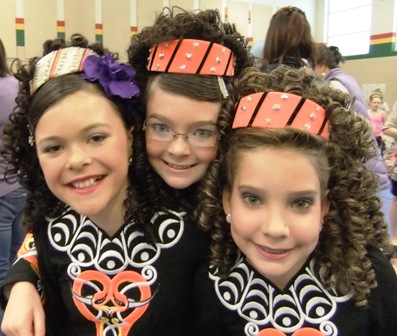 Irish dancers tend to overdevelop certain muscles and under develop others – it is important to condition your body in all forms to maintain balance, strength, and overall health. Take an inhale and raise your upper body off of your mat until your gaze meets your lower belly. Gently pull the right leg twice and switch to pull the left leg twice. Inhale and exhale on the double “pull” alternating between right and left legs. Finish by folding the legs into the chest and resting your head.
Irish dancers tend to overdevelop certain muscles and under develop others – it is important to condition your body in all forms to maintain balance, strength, and overall health. Take an inhale and raise your upper body off of your mat until your gaze meets your lower belly. Gently pull the right leg twice and switch to pull the left leg twice. Inhale and exhale on the double “pull” alternating between right and left legs. Finish by folding the legs into the chest and resting your head.
This exercise is a perfect example of dynamic stretching. With every contraction comes a stretch. This a great exercise to warm up and lengthen the legs for overhead kicks and front clicks while maintaining a strong core and spine.
6. Lion Drinking
This is a fundamental exercise used to increase upper body strength and awareness. Despite not using our arms much in competition dancing unless we are doing ceilis, we need to balance our upper bodies with our typically overdeveloped lower bodies or we will suffer back injuries or poor posture.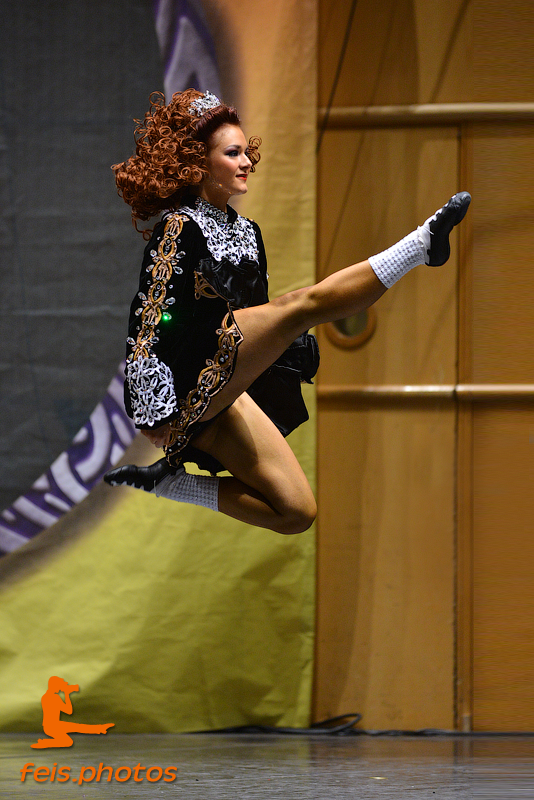
Start on all fours, knees hip distance apart, hands directly under shoulders, fingers facing one another, and spine in neutral or slightly exaggerated like in “cow” exercise in yoga. Begin by inhaling and bending through your elbows, lowering only your upper body to the ground. Your head and neck should be neutral and your gaze straight ahead. Imagine yourself as a lion drinking out of pond, always keeping a lookout for potential danger. Once your chin reaches your hands, begin straightening your arms through your elbows, curling up through your thoracic spine, dropping your head and neck, and pushing through your shoulder blades to feel a deep stretch like “cat” in yoga. Once your arms are back to full extension, release the spine back to neutral or “cow” and lift the head and neck.
I love this exercise because it is serious tricep workout and also keeps me aware of all of the muscles in my body. Your core should always be engaged and your belly button pulled back toward your spine. The complexity of this exercise is similar to the thought process we go through while dancing and it is challenge to always be mindful and conscious in the moment! Great practice to manage the influx of thoughts or bodily feelings.
The complexity of this exercise is similar to the thought process we go through while dancing and it is challenge to always be mindful and conscious in the moment! Great practice to manage the influx of thoughts or bodily feelings.
Do you do pilates? Do you have any favorite exercises to keep your body in shape? Leave a comment below or join the conversation on our Facebook page.
A special thank you to Silpa Sadhujan of Rince and Repeat for her incredible photography for this story. Silpa is a professional portrait and dance photographer based in New York City, as well as an Irish dancer. Silpa is available for dance photo shoots. Be sure to check out her Where We Dance photo series.
Dance, dance wherever you may be, or about the influence of Irish dance on personality. Filippovich Natalya Yuryevna Moscow
In order to understand what personality traits can develop in a person dancing Irish or Scottish dances, one must turn to the history of these peoples.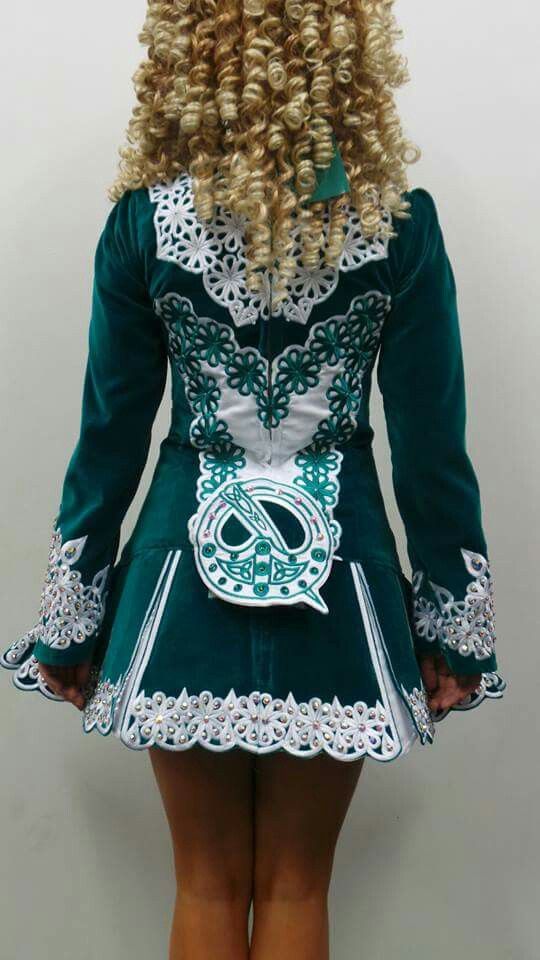 The Irish, as well as the Scots, had a hard time in different eras - it is enough to remember only the policy of the British towards them. They tried to eradicate the national culture and language, it even went so far that the Irish were forbidden to dance their folk dances! Of course, being very freedom-loving, the Irish people did not want to obey these rules, and continued to dance. There is even a legend according to which the Irish developed such a style of tap when from the outside it seemed that people were just walking, but in fact they were dancing.
The Irish, as well as the Scots, had a hard time in different eras - it is enough to remember only the policy of the British towards them. They tried to eradicate the national culture and language, it even went so far that the Irish were forbidden to dance their folk dances! Of course, being very freedom-loving, the Irish people did not want to obey these rules, and continued to dance. There is even a legend according to which the Irish developed such a style of tap when from the outside it seemed that people were just walking, but in fact they were dancing.
The story of the oppression of the Irish people was the subject of Michael Flatley's (1) dance performance "Celtic Tiger". As Flatley himself says, “The tiger is a symbol of awakening, a symbol of magic and the struggle for freedom ... The “Celtic Tiger” is often referred to in financial terms as Ireland's incredible economic success over the past decade. But I see something much more in these words - I see in this the heart, soul and spirit of the Irish people. When they got to America, at first they were treated as slaves, but they rose up again to become the John F. Kennedy of the New World.” This quote characterizes the Irish nation well.
When they got to America, at first they were treated as slaves, but they rose up again to become the John F. Kennedy of the New World.” This quote characterizes the Irish nation well.
Speaking about the Irish, we can recall other character traits. Once, on the channel "Culture" a program was shown in which it was mentioned that the Irish are very stubborn people. To the point that a comic recommendation was given: in order for an Irishman to do something, ask him to do the opposite. Everything experienced in the course of history did not break the descendants of the Celts, who continue to stubbornly fight for freedom and honor their traditions and culture.
And if we proceed from the fact that by performing specific movements, a person acquires certain character traits (those who practice yoga are well aware of this), then doing Irish dance, a person can "try on" freedom, pride, firmness of character and perseverance . And as many thinkers have noted, if the mask is worn for too long, it can “grow” and what it personifies will become the essence of the person who so thoughtlessly (or intentionally) tried it on.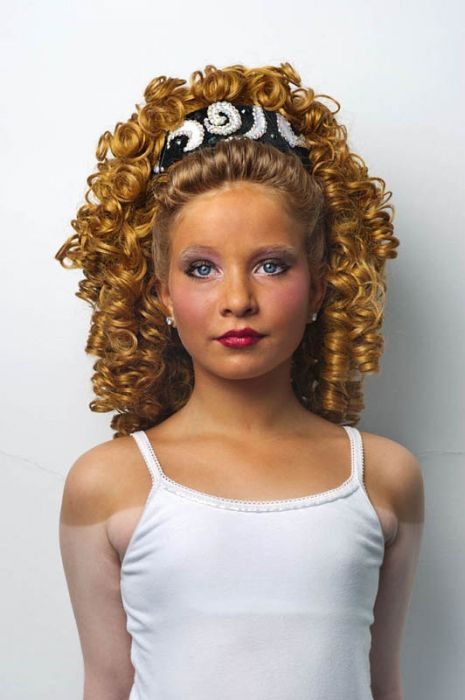
The slide element is very indicative ( http://celticdance.narod.ru/lession4.htm ).
If at the time of execution you do not keep your back straight and carry out the movement with dignity - no matter how easily and clearly you do this element - the impression will be blurred. An important role here is played not only by the psychological attitude during the performance, but also by a perfectly straightened back and fixation of the body. There is a neat clarity and activity in the character of the movement, from the side the element may look as if the dancer, proudly carrying the body, moves diagonally forward with a sliding movement, as if emphasizing his independence and love of freedom. Many elements are imbued with similar emotions - crossover - the position of the knees characteristic of Irish dances (located side by side, if possible, without a gap between them or covering one another), greatly contributes to the creation of such an image. And the famous Irish-Scottish turnout of the feet only complements it.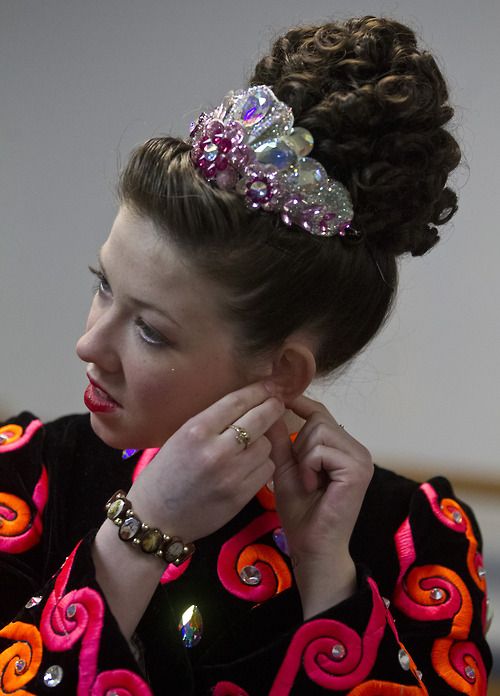
Earlier we said that theoretically, Irish and Scottish dances should develop strength of character and perseverance. A clear proof of this is the technique of performing most of the elements, primarily solo dances. Try to make a rock movement - rocking from side to side on half toes is very difficult! It takes a long time to learn this, and in order to perform the bird element ( http://celticdance.narod.ru/lession9.htm ) some people have to train to the point of exhaustion, trying to make the jump higher. When practicing solo Scottish and Irish dances, you have to pay increased attention to stretching (this is especially true for a number of Scottish elements). Irish dances are characterized by high "flight" jumps - you have to pump the press - again, in order to jump higher. It is necessary to strengthen many muscles and in connection with this, competent teachers, such as our compatriot, European champion in Irish dancing in 2006, Yulia Romashko, are sure to conduct a great warm-up.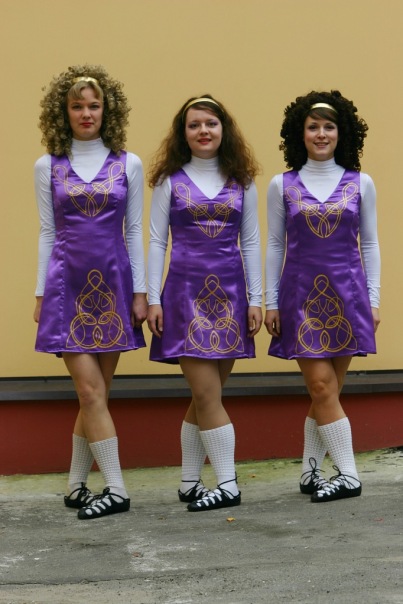 The basic step element - treble - needs to be worked out for a very long time before it is obtained quickly and technically, for some it takes years to complete this element. Only very patient people are able to withstand such loads and systematically force themselves to practice, so perseverance and stubbornness (in the good sense of the word) should always be inherent in those who are passionate about the dances discussed in this article.
The basic step element - treble - needs to be worked out for a very long time before it is obtained quickly and technically, for some it takes years to complete this element. Only very patient people are able to withstand such loads and systematically force themselves to practice, so perseverance and stubbornness (in the good sense of the word) should always be inherent in those who are passionate about the dances discussed in this article.
Clarity, accuracy and lightness are also necessary qualities if a person has them - it will be much easier for him to learn to dance Scottish and Irish dances. And with long and serious studies in this art, all the qualities listed above can automatically begin to be developed. Also, these dances (especially if we are not talking about sets, but about "solo" dances) do not tolerate negligence in performance. Therefore, people who are careless and accustomed to doing everything “bang-bang” usually have to learn to concentrate more on the elements they perform, in the process of training, clearly and accurately making movements and pausing between them.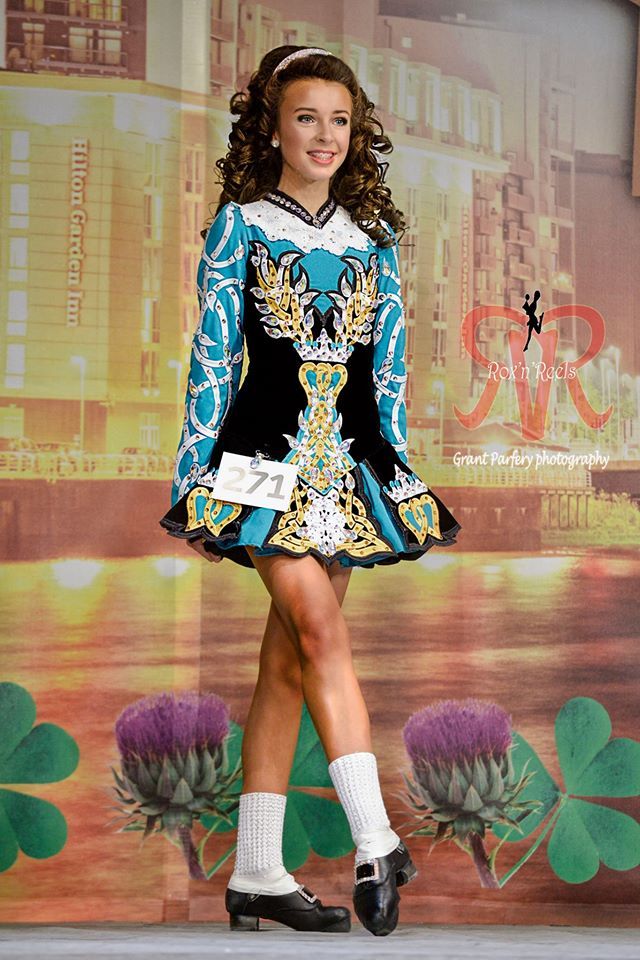 It is recommended to fix each movement in order to better focus and work on it. So Irish dance contributes to a thoughtful attitude to what is being done, and one might even say, the development of contemplation . Attention trains constantly, especially at the beginning of learning dances, because you need to remember about many nuances at the same time. For example, when performing Irish dances, the hands must be kept along the body, and there is a point of view according to which this requirement was introduced several centuries ago by dance teachers specifically to complicate the dance! Difficulty exists in the performance of fast dances - in order to maintain the pace, it is important to be able to breathe correctly, as Jean Butler notes (1).
It is recommended to fix each movement in order to better focus and work on it. So Irish dance contributes to a thoughtful attitude to what is being done, and one might even say, the development of contemplation . Attention trains constantly, especially at the beginning of learning dances, because you need to remember about many nuances at the same time. For example, when performing Irish dances, the hands must be kept along the body, and there is a point of view according to which this requirement was introduced several centuries ago by dance teachers specifically to complicate the dance! Difficulty exists in the performance of fast dances - in order to maintain the pace, it is important to be able to breathe correctly, as Jean Butler notes (1).
The permanently fixed position of the body seems to express restraint in feelings, but one can hardly speak of the absence of emotions: Irish and Scottish dances are very expressive and contain strong energy.
Aggressiveness is a quality that can only hinder the performance of the dances we are considering.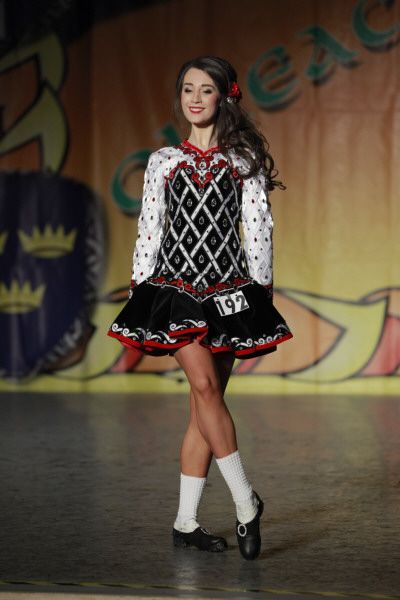 And, of course, Irish and Scottish dances do not develop this quality when properly performed. On the contrary, the need to step lightly (rather than thrashing with heels as if the dancers hammer nails with them) can affect a person quite beneficially. In combination with the smoothness of movements, all of the above can contribute to a more harmonious development of the personality. The above applies to traditional folk dance, both existing in an authentic form and put on a choreographic basis (Riverdance show, Lord of the Dance). The same can hardly be said for such contemporary influences as the modern in Dancing On Dangerous Ground, where you can see more abrupt broken movements.
And, of course, Irish and Scottish dances do not develop this quality when properly performed. On the contrary, the need to step lightly (rather than thrashing with heels as if the dancers hammer nails with them) can affect a person quite beneficially. In combination with the smoothness of movements, all of the above can contribute to a more harmonious development of the personality. The above applies to traditional folk dance, both existing in an authentic form and put on a choreographic basis (Riverdance show, Lord of the Dance). The same can hardly be said for such contemporary influences as the modern in Dancing On Dangerous Ground, where you can see more abrupt broken movements.
There is one more interesting moment. According to the author of the article, people who are truly passionate about the dances of the Irish and Scots are often indifferent or even frankly “do not respect” Latin American dances! Of course, statistics do not exist at the moment, but often this turns out to be the case! And if we try to analyze the similarities and differences between these dances, as well as the images they create, we can assume that they are some kind of antagonists.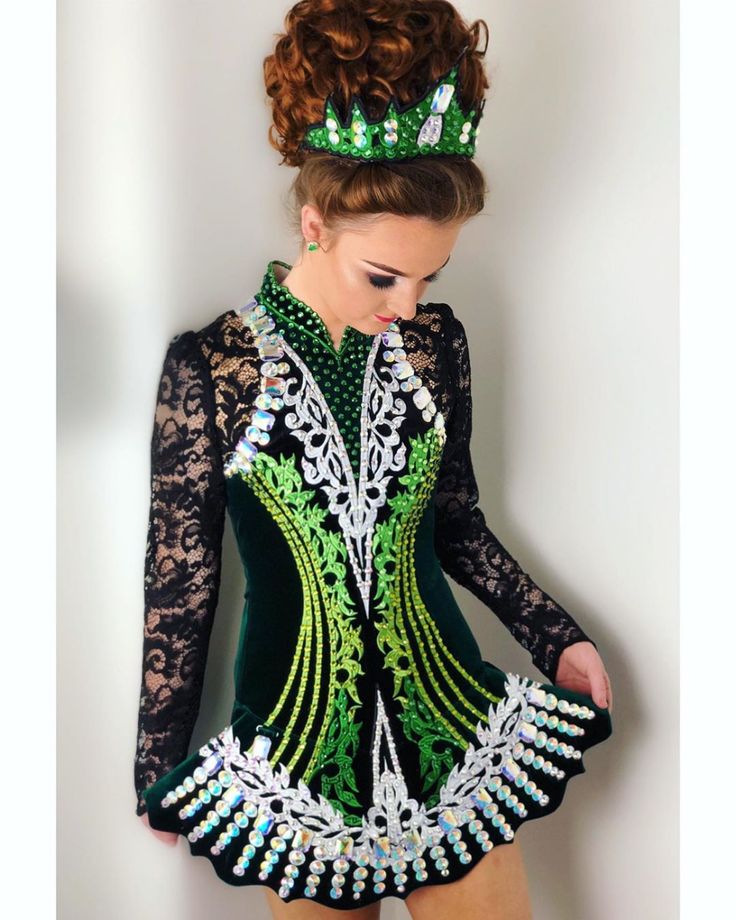
Of course, to perform any dance you need to develop the ability to tune into the music, feel it, hear the rhythm, which requires a certain mental organization and the ability to perceive art. Here we come to the next point.
There is one important nuance, non-observance of which can negate all of the above. The fact is that up to this point, the article considered the “ideal” case, when the student sets himself the goal of imbued with this particular culture, taking into account all its specifics. He listens attentively to Irish (or - Scottish, Breton, Welsh, etc. music) and expresses the heard images in motion. Of course, such dancers exist and it happens that they achieve amazing results in mastering the dance without the help of teachers. An example is the talented Russian Irish dancer Svetlana Kuznetsova. Once, having heard Irish music, Svetlana was able to recreate the character of the movements of Irish folk dances, without even seeing them before!
Alas, not everyone comes to dance classes, perceiving dance as a high art. Someone sets goals that have nothing to do with achieving harmony - often, banal ambitions become the motivation for practicing. Such students may not even think about the perception of music and dance. Such an attitude cannot but affect the result. And then a lot depends on the teacher. But does he always realize how important things depend on him? Often, teachers set themselves the task of simply teaching students the sequence of certain dance movements, performed, if possible, technically. In this way, students will certainly be able to draw a set of beautiful steps, but will they be able to achieve more?
Someone sets goals that have nothing to do with achieving harmony - often, banal ambitions become the motivation for practicing. Such students may not even think about the perception of music and dance. Such an attitude cannot but affect the result. And then a lot depends on the teacher. But does he always realize how important things depend on him? Often, teachers set themselves the task of simply teaching students the sequence of certain dance movements, performed, if possible, technically. In this way, students will certainly be able to draw a set of beautiful steps, but will they be able to achieve more?
There is a point of view according to which the modern school curriculum is structured in such a way that in the process of learning, students become good performers of tasks, but in no way creative individuals capable of setting goals and tasks themselves. Someone even argues that geniuses are so few in our society because the education system nails all the abilities of young geeks in the bud.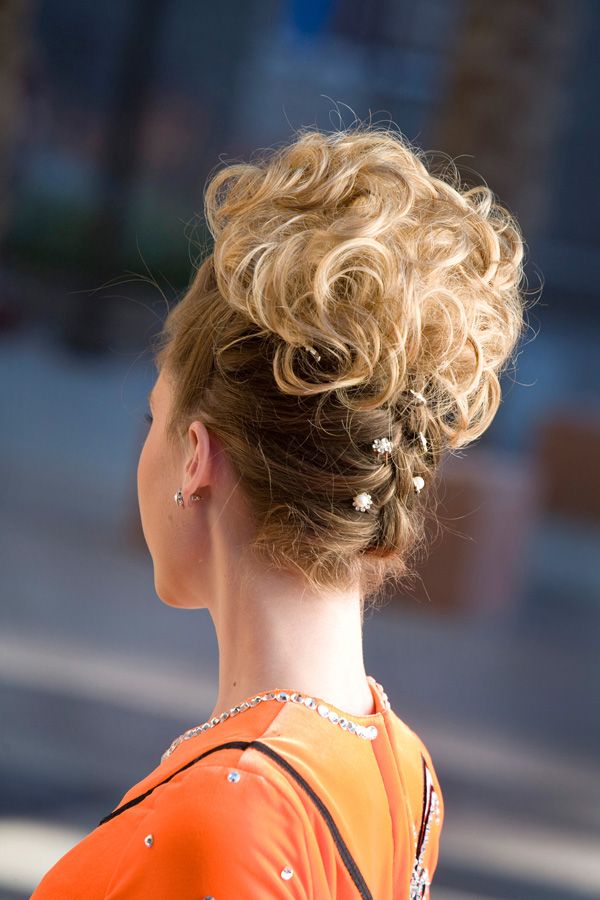 This general statement in our particular case may mean that if the teacher puts on an Irish dance in an ensemble and there is no place for improvisation in this number or in the training program, as a result of such training we will again get only performers of a specific task. And here the point is not only that such an approach does not allow developing creative thinking, fantasy and personality . Everything is interconnected: if students do not know how to improvise and do not feel the dance and music, but simply mechanically repeat the movements, most likely, the dance will not affect them in any way. That is, with such a thoughtless repetition of , all the traits of character described above in detail (freedom, pride, firmness of character, perseverance, thoughtful attitude to what is being done, concentration of attention, contemplation) may not develop.
This general statement in our particular case may mean that if the teacher puts on an Irish dance in an ensemble and there is no place for improvisation in this number or in the training program, as a result of such training we will again get only performers of a specific task. And here the point is not only that such an approach does not allow developing creative thinking, fantasy and personality . Everything is interconnected: if students do not know how to improvise and do not feel the dance and music, but simply mechanically repeat the movements, most likely, the dance will not affect them in any way. That is, with such a thoughtless repetition of , all the traits of character described above in detail (freedom, pride, firmness of character, perseverance, thoughtful attitude to what is being done, concentration of attention, contemplation) may not develop.
Notes:
(1) - famous dancer and director. Gained worldwide fame after a resounding success at Eurovision in 1994.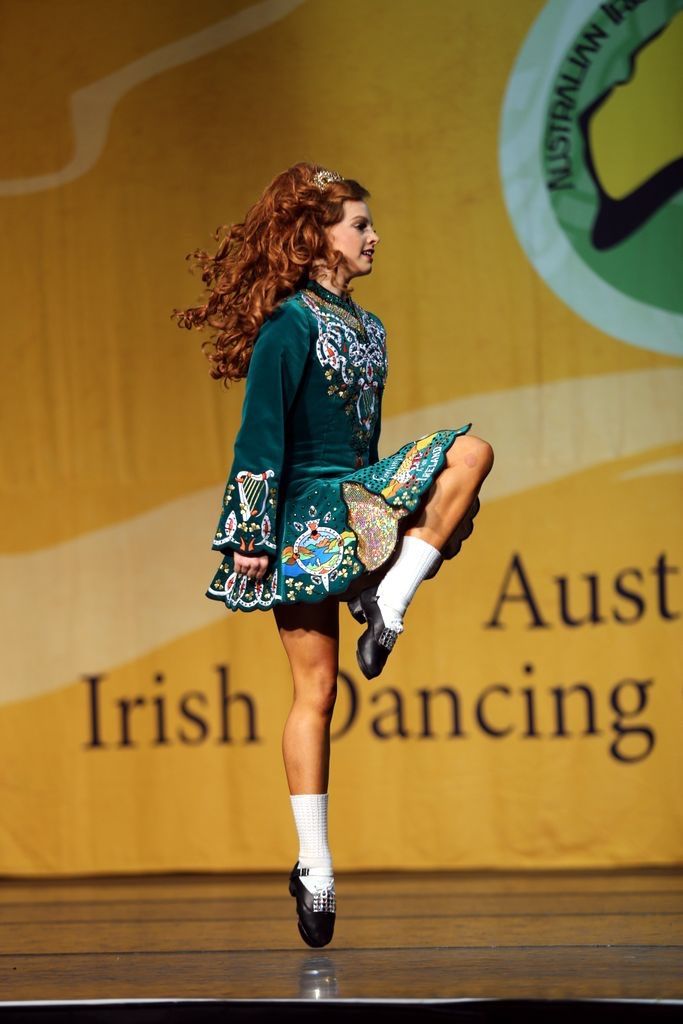 His most famous shows are Riverdance, Lord of the Dance.
His most famous shows are Riverdance, Lord of the Dance.
(2) - famous dancer and director. Danced with M. Flatley, K. Dunn. Show with her participation: Riverdance, Dancing On Dangerous Ground.
List of sources used
Sites of the global information network Internet:
http://celticdance.narod.ru
http://www.irish.ru
http://ailim.h25.ru
Bibliography
3
Rinncidhe Fóirne (Our National Dances) - the official ceili instruction book, 1939.
2. Elizabeth Turner Bell Fifty Figure and Character Dances for Schools, Waverley Book Company, London, 1997
3. Peter Buckman Let's Dance, Paddington Press, 1988
4 Stephen Burke Set Dances for Fun, Leo Publications, 1994
5. Peggy Carty My Irish Dance, Yourman Promotions, 1987
6. Betty Casey International Folk Dancing USA, 1981, Doubleday & Company, Garden City, New York, ISBN 0 385 13308 1
7. Aruba Coghlan 20 Irish Dances, 1994
8.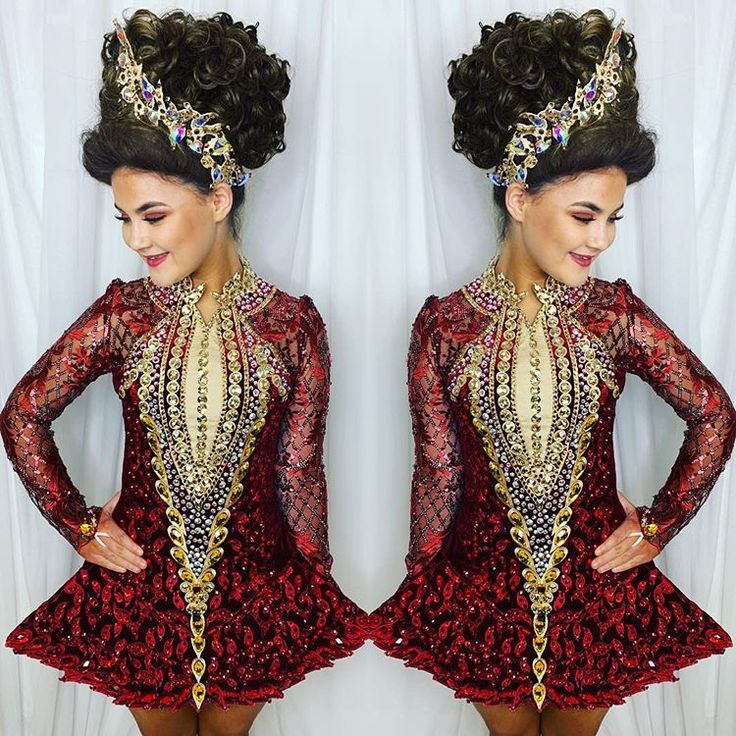 Larry Lynch Set Dances of Ireland, Séadna, 1989, ISBN 0 9514848 0 X (Ireland)
Larry Lynch Set Dances of Ireland, Séadna, 1989, ISBN 0 9514848 0 X (Ireland)
9. Irish Ceili and Set Dances, John J McManus, 1992
10. Irish Dances, Na Píobairí Uilleann, 1984, ISBN 0 9509743 1 5.
11. Joseph O'Hara Irish Set Dance Study Notes
12. Irish Dancing, Harper Collins, 1997, ISBN 0 00 472069 5.
13. A Selection of Irish Traditional Step Dances, Brooks Academy, 1998, ISBN 0 9533637 0 8.
14. Comhaltas Ceoltoiri Éireann and the Gaelic Athletic Association
Coiscéim 1—An authentic guide to Set Dancing, Comhaltas Ceoltoiri Éireann and the Gaelic Athletic Association, 1988
15. Scottish Ceilidh Dancing Ewart, David and Ewart, May, Scottish Ceilidh Dancing, Mainstream Publishing, Edinburgh, 1996. ISBN: 1- 8515-8845-0
16. Traditional Dancing in Scotland Flett, J. P., and Flett, T. M., Traditional Dancing in Scotland, Routledge and Kegan Paul, London, Boston, Melbourne and Henley, 1964. ISBN: 0-7100-1369-8
17. 101 Scottish Country Dances Milligan, Jean C.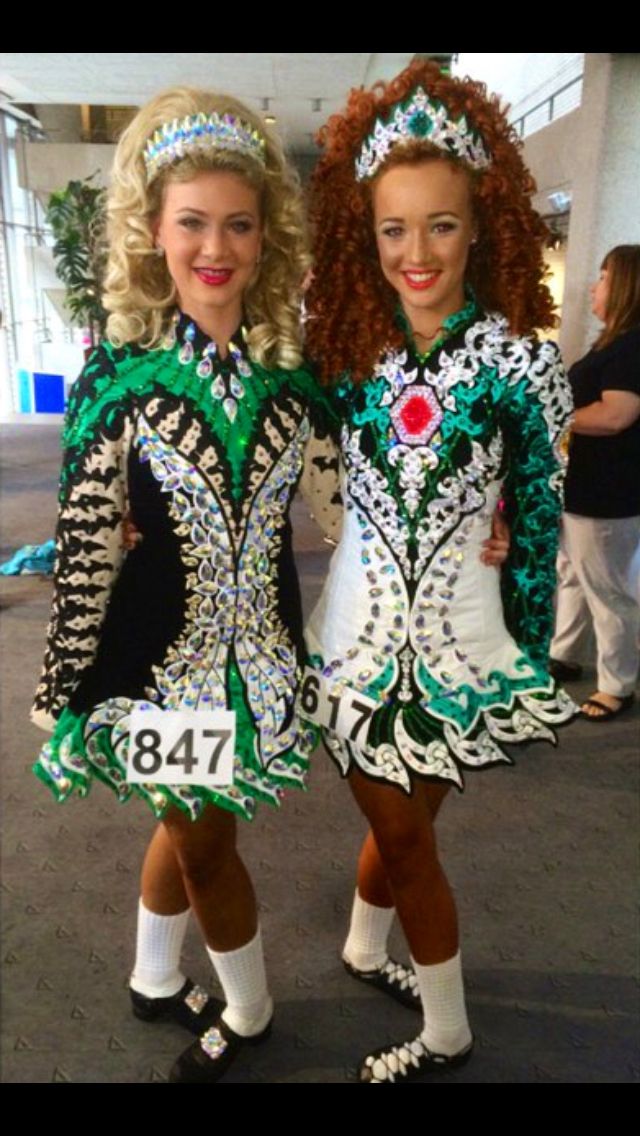 , 101 Scottish Country Dances, Scotia Books, Great Britain, 1967
, 101 Scottish Country Dances, Scotia Books, Great Britain, 1967
18. Art pedagogy and art therapy in special education /E. A. Medvedeva et al. - M., 2001
19. Amonashvili Sh. A. Personal and humane basis of the pedagogical process. - M., University, 1990
20. Burno M. E. Therapy with creative self-expression. - M., Academic project, 1999
21. Kopytin AI Fundamentals of art therapy. - St. Petersburg, Lan, 1999
22. Shiyanov E. A., Kotova I. B. Development of personality in learning. - M., Academy, 2000
23. Elementary musical education according to the system of Karl Orff, ed. L. A. Bareiboima. - M., 1978.
Filippovich Natalya Yuryevna (Moscow) Candidate of Philology, Senior Lecturer of the Faculty of Additional Pedagogical Education of the Moscow Pedagogical State University, subject - Celtic art (Irish and Scottish dances and vocals).
15 easy and beautiful hairstyles for girls
Share
01.
 High bun YouTube channel Kait Nichole
High bun YouTube channel Kait Nichole What you need
- Comb.
- 2 rubber bands.
- Hairpin-bow.
How to
Pull hair into a high ponytail. Divide it into three parts and braid the pigtail. Wrap it around the base and secure the bun with an elastic band, leaving a small ponytail. Decorate your hair with a bow.
2. High volume ponytails with elastic bands
Lizas Braids YouTube channelWhat you need
- Comb.
- Several elastic bands (depending on hair length).
How to do
Divide hair in half, making an even parting. Collect them into two high tails.
Tie a rubber band around the ponytail just below the base. For volume, straighten your hair between two elastic bands. Decorate the ponytails along the entire length in the same way.
3. High twisted bun with handkerchief
YouTube channel Lizas BraidsWhat you need
- Comb.
- 1 normal rubber band.
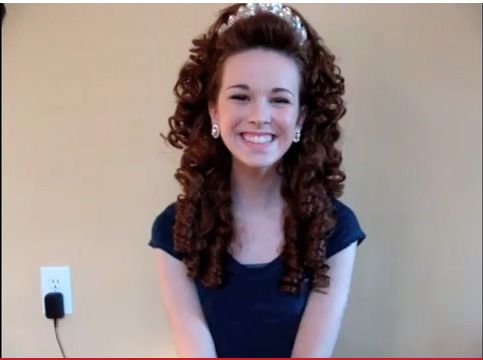
- Thin handkerchief.
- 2 thin invisible elastic bands.
- Several hair pins.
How to
Pull hair into a high ponytail. Tie a folded scarf over the elastic so that the knot is located under the tail.
Divide hair into two sections. Twist each of them with half of the fabric - see the video for details. Secure the ends of the resulting bundles with thin rubber bands.
Twist the hair around the base of the ponytail and secure the bun with pins.
4. High ponytail with two different braids
hair4littlegirls YouTube channelWhat you need
- Comb.
- 1 normal rubber band.
- 2 thin invisible elastic bands.
- Hairpin-bow.
How to do
Pull hair into a high ponytail and secure with an elastic band. Separate a small strand at the top of the tail, weave a pigtail and tie the tip with a thin elastic band.
Braid the remaining hair as well and give it volume by pulling the strands to the sides. Tie the ends of the two braids with an elastic band and attach a bow on top.
Tie the ends of the two braids with an elastic band and attach a bow on top.
5. Heart-shaped high bun
ChikasChic YouTube channelWhat you need
- Roller to create a bun.
- 4 thin elastic bands.
- Comb.
- 2 regular rubber bands.
- Several hair pins.
- Hairspray - optional.
How to
Shape the roller into a heart shape using rubber bands as shown in the video. Gather your hair into a ponytail and secure with an elastic band.
Pass the hair through the roller and distribute it around it, smooth it out and put on another elastic.
Wrap the rest of the hair around the bun, securing it with pins. Flatten the bundle and, if necessary, fix with varnish.
6. Low ponytails with two pigtails
Easy Toddler Hairstyles YouTube channelWhat you need
- Comb.
- 4 rubber bands.
- 2 hairpins.
How to do
Part hair in half.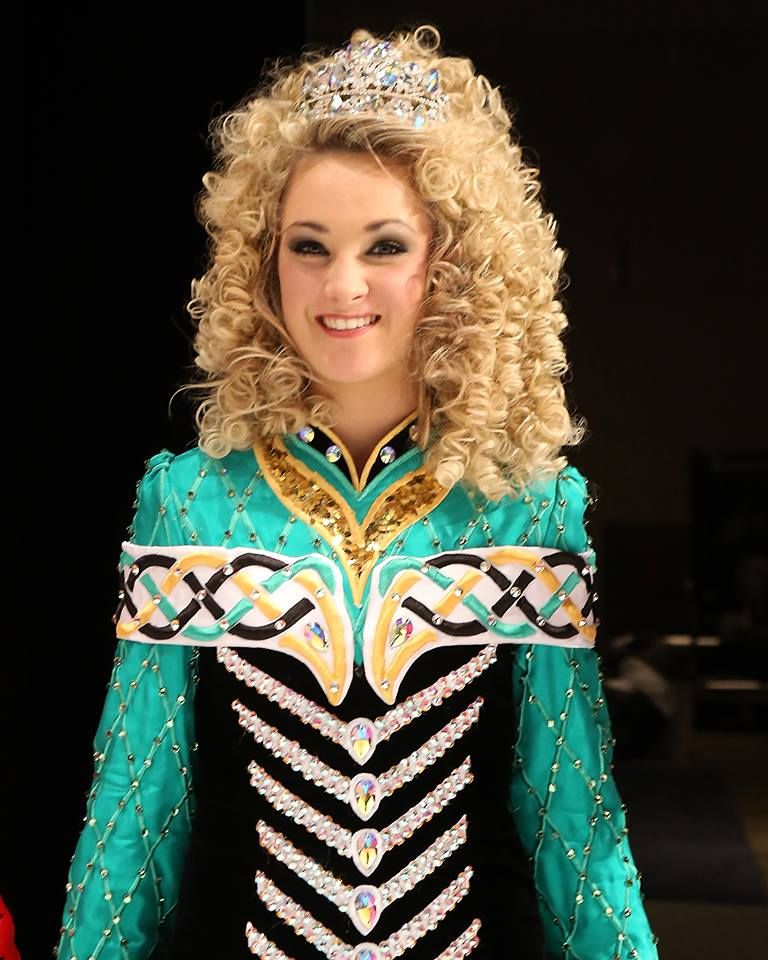 Make two thin ponytails at the top on the sides, and two thick ponytails at the bottom.
Make two thin ponytails at the top on the sides, and two thick ponytails at the bottom.
Braid the top ponytail, remove the elastic from the bottom ponytail and fasten the hair with it. In the same way, make another pigtail and connect it to the second tail. Decorate with bows.
7. Loose hair with pigtails without braiding
hair4littlegirls YouTube channelWhat you need
- Comb.
- 8 thin invisible elastic bands.
- 2 hairpins.
How to
Gather the top section of hair into two ponytails. Slightly below the base of one tail, tie an elastic band. Divide your hair in half between the elastic bands and pass the bottom of the ponytail there, as shown in the video. Repeat one more time.
Do the same with the second tail. Pin the two sections of hair together at the bottom. On the resulting ponytail, repeat the pattern with elastic bands twice more. Decorate your hair with bows.
8. Low ponytails with twisted strands
Easy Toddler Hairstyles YouTube channelWhat you need
- Comb.
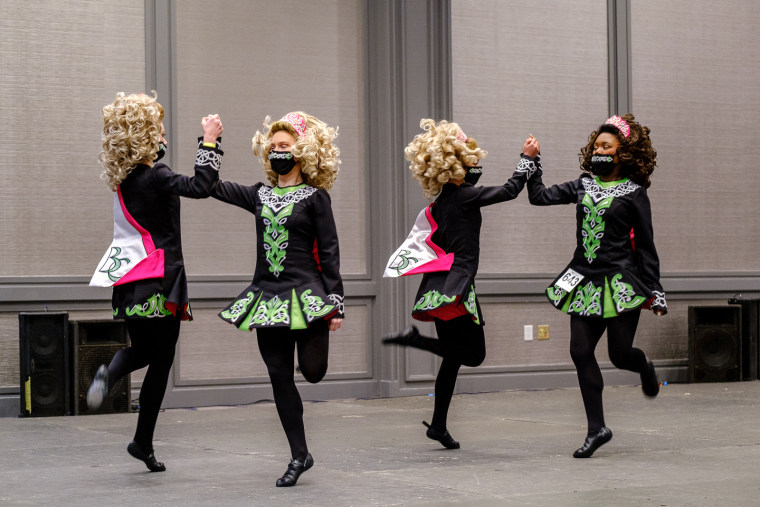
- 3 rubber bands.
- 2 hairpins.
How to do
Make a side parting at the top and separate the strand. Secure it temporarily with an elastic band so that it does not interfere. Divide the rest of your hair into two sections and tie into ponytails.
Divide the top section in half as well. Twist each part and connect with the opposite ponytail. Decorate your hair with hairpins.
9. Loose hair with a bow
Silly Avacado YouTube channelWhat you need
- Comb.
- 1 rubber band.
- Several invisibles.
How to
Gather the top section of hair into a ponytail. On the last turn of the elastic, do not pull out the hair completely.
Divide the resulting loop in half and spread apart, as shown in the video. Secure your hair with invisible hair so that it looks like a bow.
Take a small strand from the tail in the middle, wrap it up and attach with an invisibility. Straighten your hair.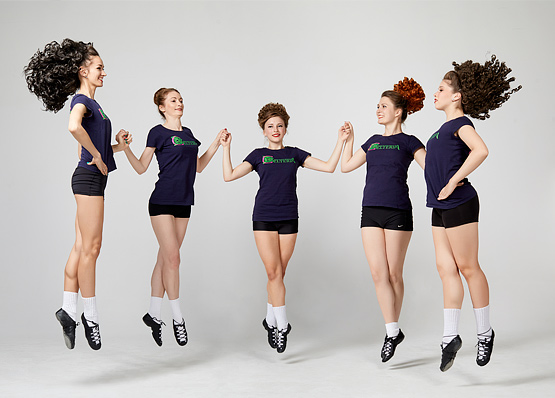
10. Low ponytails with elastic bands
hair4littlegirls YouTube channelWhat you need
- Comb.
- 10 rubber bands.
- Crab hairpin.
How to do
Divide hair in half at the top. Make a thin ponytail on one side. Separate another strand under it, add the made tail to it and secure with an elastic band. Pick up the hair with an elastic band and a crab so as not to interfere.
Repeat 3 more times until all hair is collected. In the same way, make a pattern on the other side of the head. Lightly straighten the hair between the elastic bands to give the pattern volume.
11. Low Twisted Ponytail
Brown Haired Bliss YouTube ChannelNeeded
- Comb.
- 3 rubber bands.
- Hairpin-bow.
How to do
Separate a small section at the top right and gather it into a ponytail. Secure the rest of your hair with an elastic at the bottom of the same side.
Divide the top ponytail in half, twist each part separately and then between each other.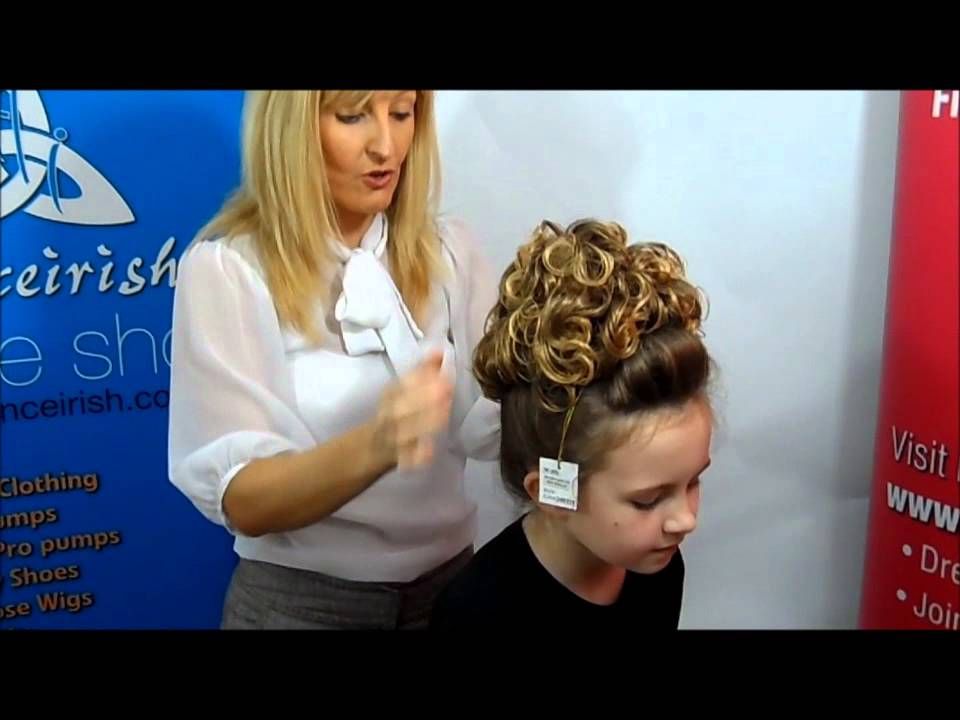 Connect with the lower tail.
Connect with the lower tail.
Separate the rest of the hair into two parts, twist into a bundle and tie with an elastic band. Decorate your hair with a bow.
12. Low twisted ponytail
hair4littlegirls YouTube channelWhat you need
- Comb.
- 4 rubber bands.
- Crab hairpin.
- Hairpin-bow.
How to
Divide the top section of hair into two equal parts and make ponytails. Gather the rest of your hair into a low ponytail. So that the upper ones do not interfere, pick them up with a hairpin.
Divide the top ponytails in half. Those parts that are closer to the center of the head, twist and make a tourniquet out of them. Fasten it to the lower tail with a crab.
Divide the remaining strands of each ponytail in half and twist. Tie all the flagella and tail with an elastic band and decorate it with a bow.
13. High ponytail without braid
YouTube channel Mania de PenteadoWhat you need
- Comb.
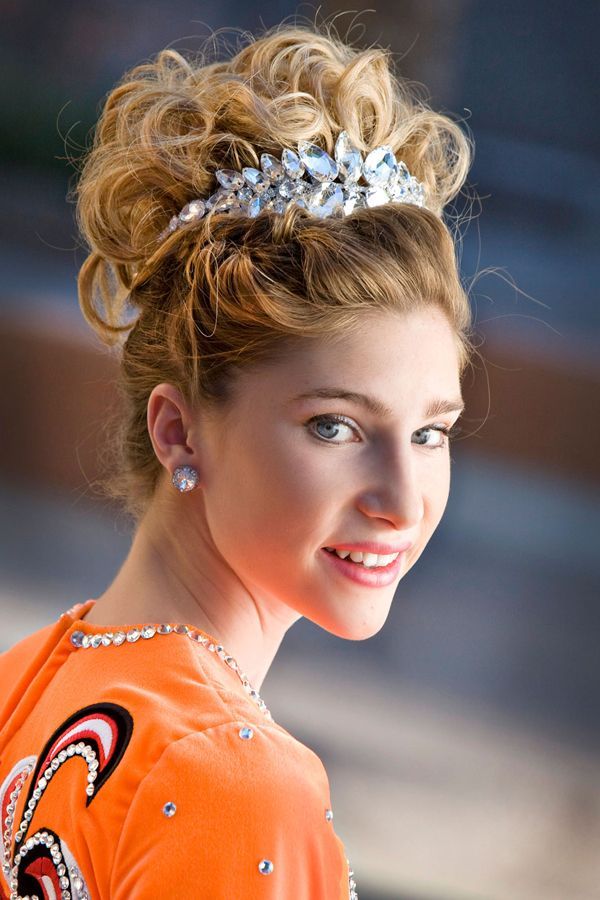
- Hair pin or invisible.
- Several elastic bands (depending on hair length).
How to
Make a high ponytail. Separate a thin strand from the side, wrap it around the elastic band and fix it with a hairpin or invisible.
Separate a small strand from the top and fold it up. A little lower on the tail, tie another elastic band. Separate a small curl under it and fold it up in the middle of the first strand. Divide it in half and connect with an elastic band with the rest of the hair.
Continue in the same way until you get to the end of the tail. In the process, gently pull the strands to the sides and level them.
14. High buns with a cross pattern
hair4littlegirls YouTube channelWhat you need
- Comb.
- 12 rubber bands.
- Crab clips.
- Several hair pins.
How to do
Part hair in half. Then divide them into six parts and assemble them into ponytails, as shown in the video.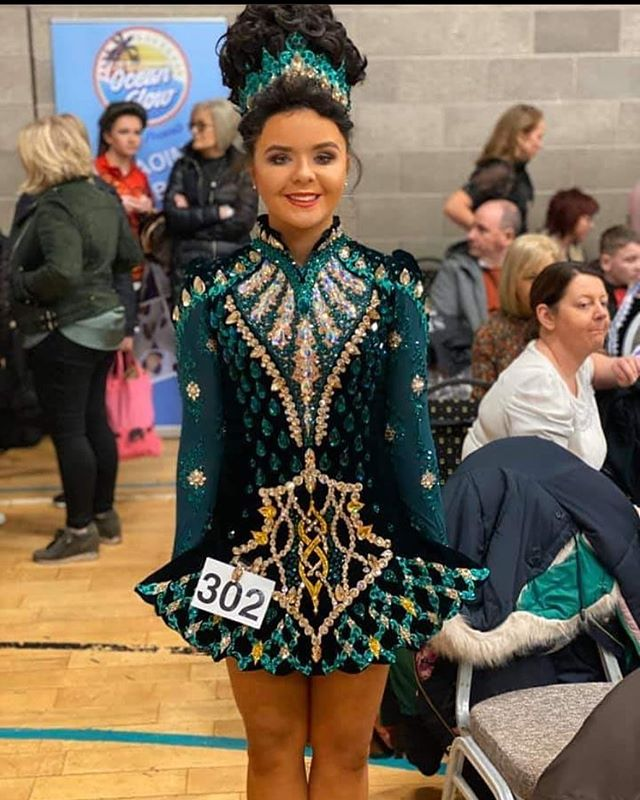 So that the hair does not interfere, pick up ready-made tails with crabs.
So that the hair does not interfere, pick up ready-made tails with crabs.
Divide the lower left ponytail into two parts and twist them together. Bring the section up to the middle right ponytail and secure with an elastic band. In the same way, tie the lower right ponytail to the middle left one.
Then criss-cross the middle ponytails in the same way. But, connecting them with the top ones, do not pull out the hair completely, but only a little bit.
Wrap remaining hair around buns and secure with elastic bands. Trim the bundles with hairpins.
15. Loose hair with braid heart
YouTube channel ChikasChicWhat you need
- Comb.
- 4 rubber bands.
- Hair loop - a special tool for pulling strands (you can do without it, but it will be easier and more accurate).
- Several hair pins.
How to do
Comb the top of your hair into a ponytail at the back of your head. Pull a loop under it with the sharp end up, pass the tail into it and pull it out.
